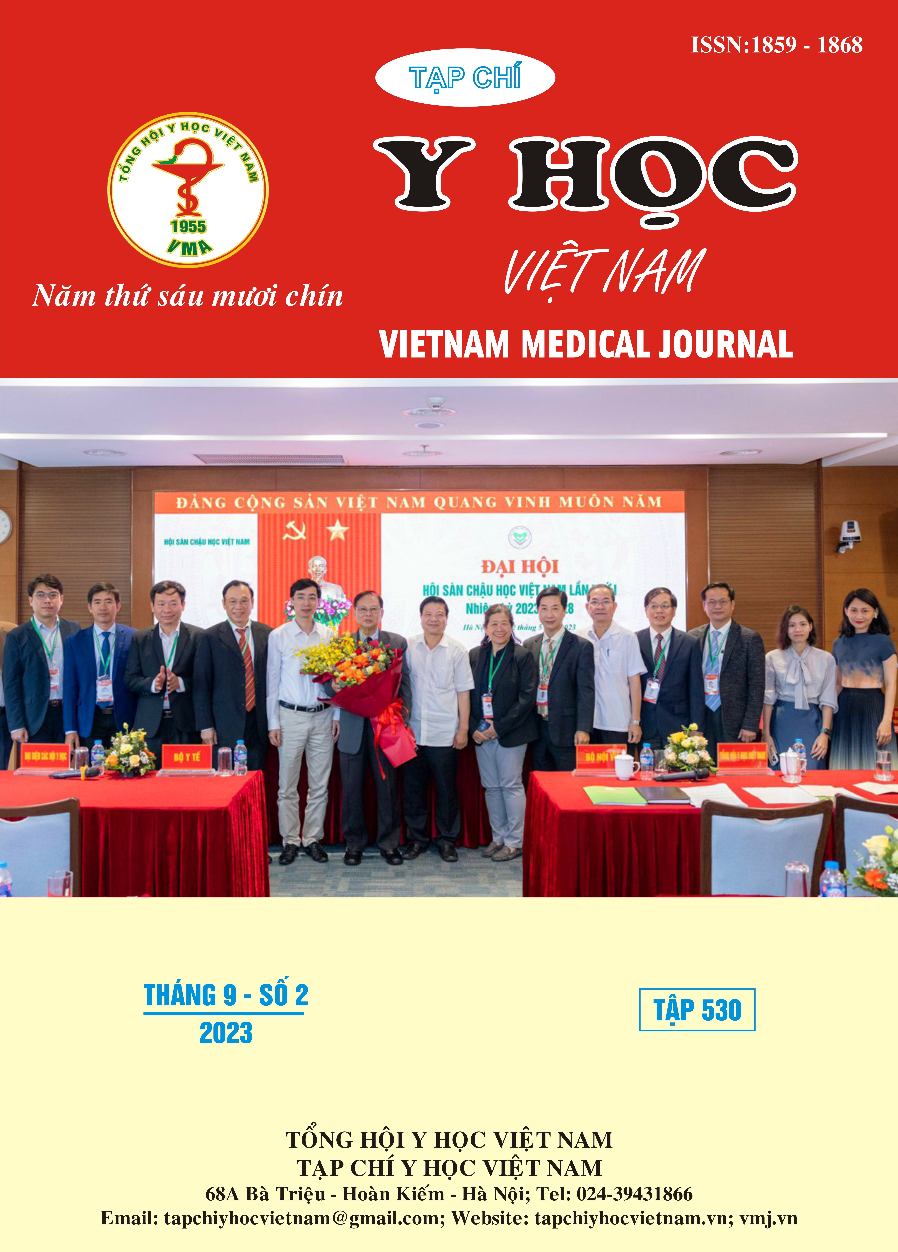VARIOUS TYPES OF TRADITIONAL MEDICINE BODY CONSTITUTIONS IN PATIENTS WITH METABOLIC SYNDROME
Main Article Content
Abstract
Objectives: Determining the ratio of traditional medicine body constitutions in patients with metabolic syndrome and determining the relationship between traditional medical constitutions and metabolic factors. Subjects and Methods: The cross-sectional study analyzed over 390 patients with metabolic syndrome at Ho Chi Minh City Hospital of Traditional Medicine and Thong Nhat Hospital. traditional medicine constitutional classification by the Vietnamese version of the Constitution in Chinese Medicine Questionnaire (CCMQ). The polynomial logistic regression model was used to test the relationship between variables. Results: The prevalences of nine characteristics traditional medicine body constitutions were Phlegm-dampness (31,79%), Qi-deficiency (25,64%), Yin-deficiency (12,31%), Dampness-heat (11,03%), Qi-depression (7,69%), Yang-deficiency (5,64%), Blood-stasis (5,38%), Inherited-special (0,51%), Neutral (0%). There were associations between Phlegm-dampness and increased waist circumference and increased triglyceride level; between the Qi-deficiency and hypertension. Conclusion: Among patients with metabolic syndrome at Ho Chi Minh City Traditional Medicine Hospital, Thong Nhat Hospital, Phlegm-dampness is the majority in constitutions. The first step shows a relationship between traditional medicine constitutions and metabolic factors such as increased waist circumference, triglyceride level, and hypertension.
Article Details
Keywords
metabolic syndrome, traditional medicine constitutions, hypertension, increased triglyceride level, increased waist circumference, low high-density lipoprotein (HDL), and increased fasting glucose.
References
2. Jing HR, Wang J, Wang Q. Preliminary compiling of English version of constitution in Chinese Medicine Questionnaire. Anhui Zhong Yi Yao Da Xue Xue Bao. 2015 Oct;34(5):21-25. Chinese.
3. Lin TY, Chien KL, Chiu YH, et al. Dynamics of detailed components of metabolic syndrome associated with the risk of cardiovascular disease and death. Scientific reports. 2021;11(1):3677.
4. Shen K, Wang Q, Liang X, et al. Analysis of influencing factors for predisposition to metabolic syndrome in adult women with phlegm-dampness constitution. Zhong Hua Zhong Yi Yao Za Zhi. 2017;32(03):989-992. Chinese.
5. Son le NT, Kunii D, Hung NT, et al. The metabolic syndrome: prevalence and risk factors in the urban population of Ho Chi Minh City. Diabetes research and clinical practice. 2005; 67(3):243-250.
6. Wang J, Wang Q, Li L, et al. Phlegm-dampness constitution: genomics, susceptibility, adjustment and treatment with traditional Chinese medicine. The American journal of Chinese medicine. 2013;41(2):253-262.
7. Wang Q, Jiang CY, Gu Z, et al. Analyze the Constitutions of Traditional Chinese Medicine in Those Older Subjects with Metabolic Syndrome in the Shanghai Community. Shi Jie Ke Xue Ji Shu – Zhong Yi Yao Xian Dai Hua. 2019;21(12):2909-2914. Chinese.
8. Wang SY. Treating Systolic Hypertension with Buzhong Yiqi Decoction. Beijing Zhong Yi. 2003(5):40-41. Chinese.


